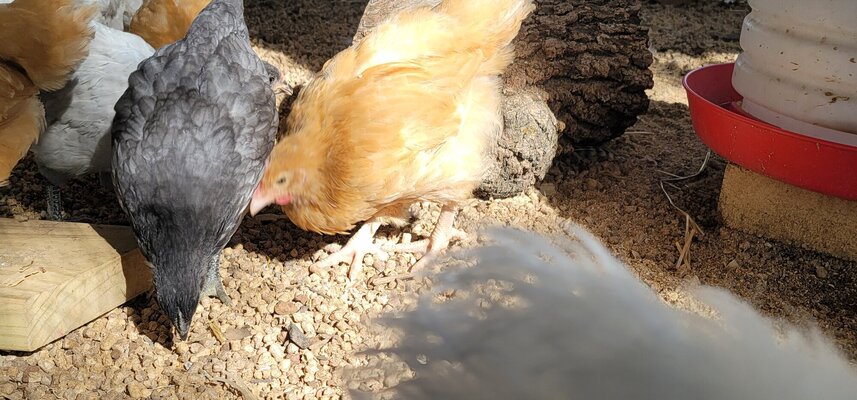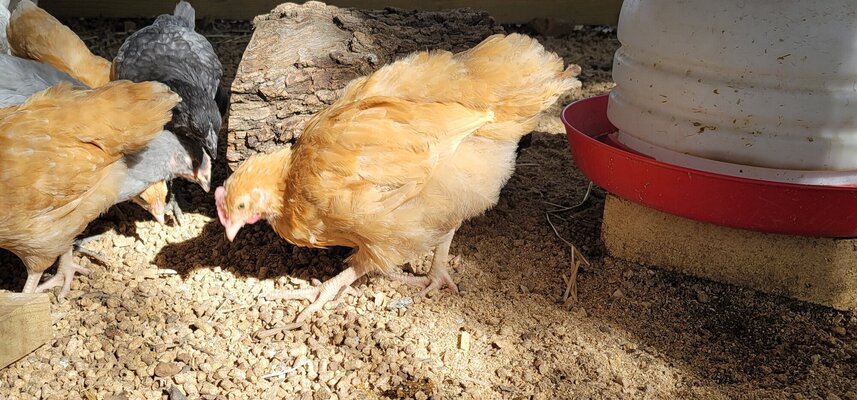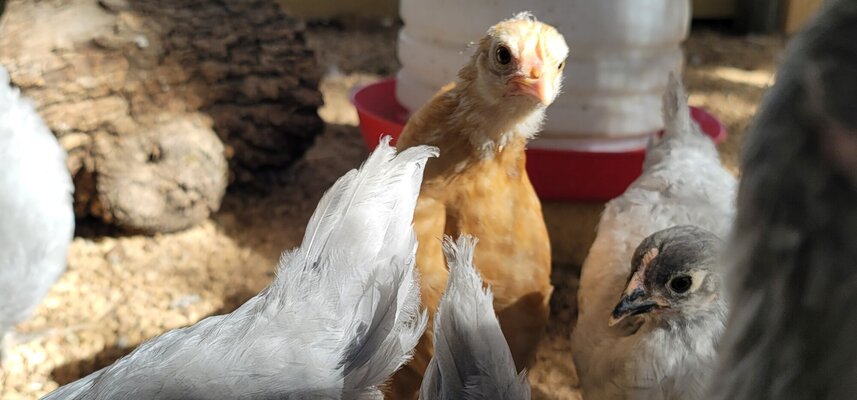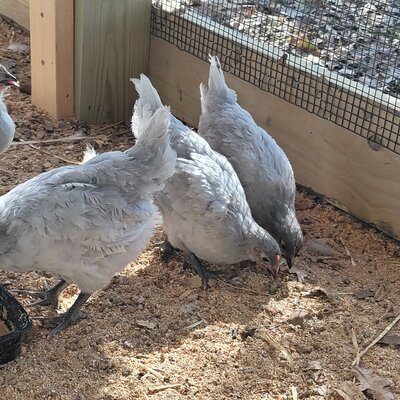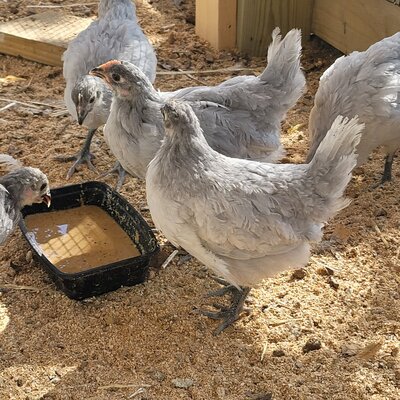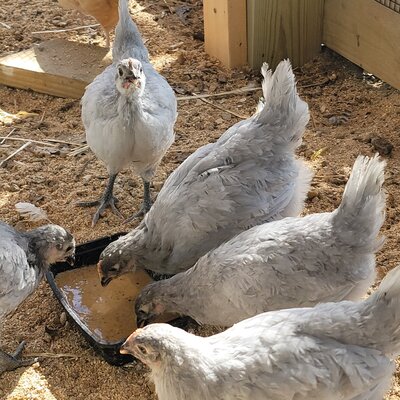- Jun 8, 2013
- 287
- 323
- 231
Hello y'all! 
The last full week of September (about 7 weeks ago) I purchased a few chicks. Well, I say a few, my husband says a "significant" amount. I got 3 blue stars, 3 Buff orpingtons & 7 lavender orpingtons!
I got 3 blue stars, 3 Buff orpingtons & 7 lavender orpingtons!
Said chicks are obviously getting bigger & growing at a ridiculous rate! I wish they could stay little for longer. However, every day I find myself looking closer at them & trying to figure out who the boys are! I'm looking for saddle feathers & combs/wattles.
I wish they could stay little for longer. However, every day I find myself looking closer at them & trying to figure out who the boys are! I'm looking for saddle feathers & combs/wattles.
There are a few of these chicks that are acting as a roo would (fighting, pecking me, etc ) but do not look like some of the others that I personally think are roos. Where others have a massive comb compared to others! I am HORRIBLE at detecting which is which. I always tell myself to wait & see further down the line, but you know...
I am HORRIBLE at detecting which is which. I always tell myself to wait & see further down the line, but you know... 
Do you have any special ways to seek out which is which? How accurate has your method been? I can post some pictures if y'all would like.
Thanks, y'all!
The last full week of September (about 7 weeks ago) I purchased a few chicks. Well, I say a few, my husband says a "significant" amount.
Said chicks are obviously getting bigger & growing at a ridiculous rate!
There are a few of these chicks that are acting as a roo would (fighting, pecking me, etc ) but do not look like some of the others that I personally think are roos. Where others have a massive comb compared to others!
Do you have any special ways to seek out which is which? How accurate has your method been? I can post some pictures if y'all would like.
Thanks, y'all!





